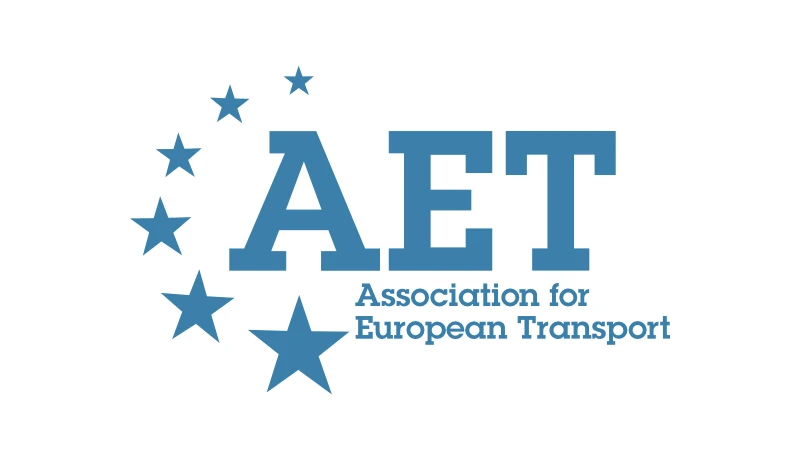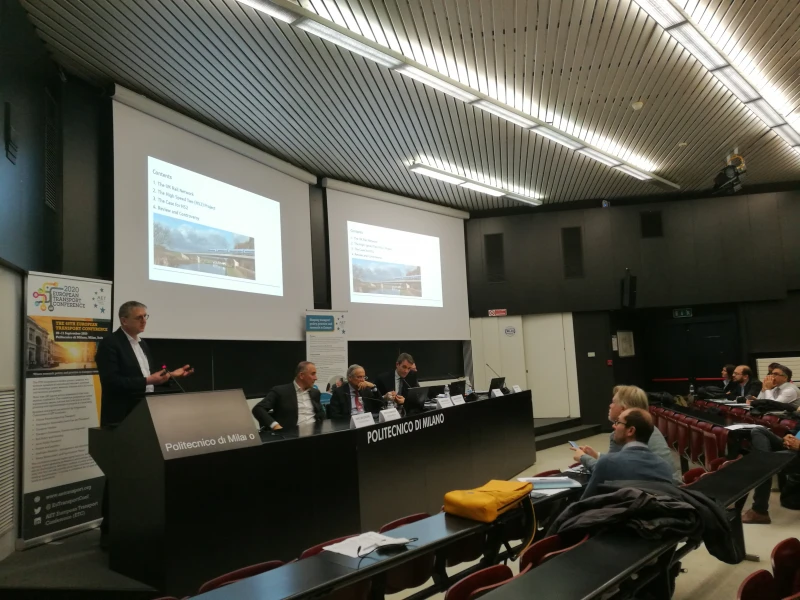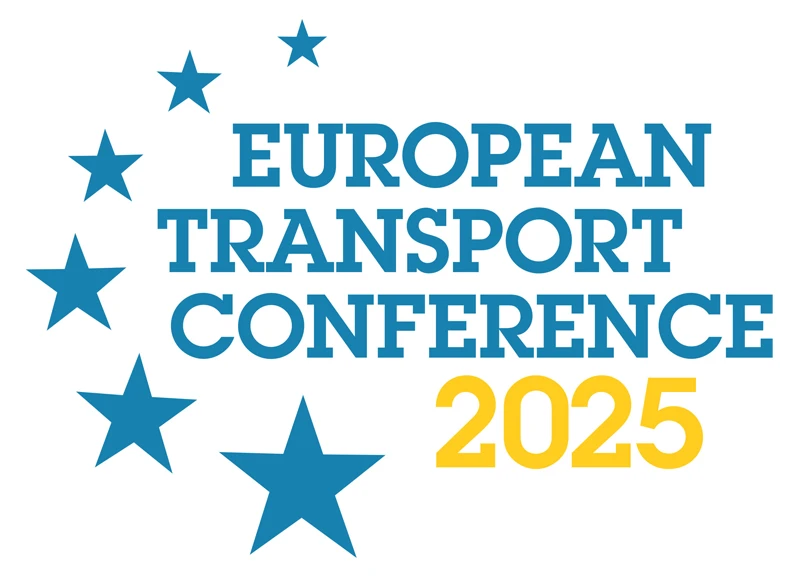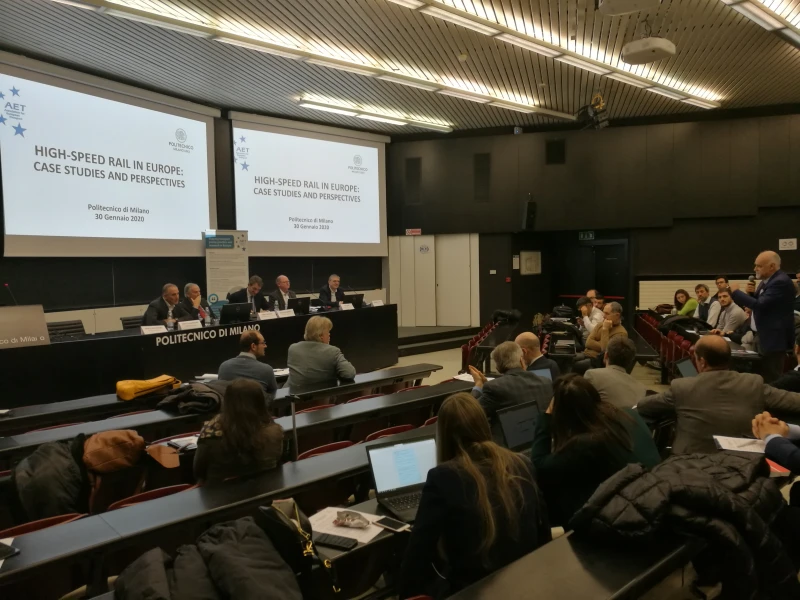-
Past ETC Papers
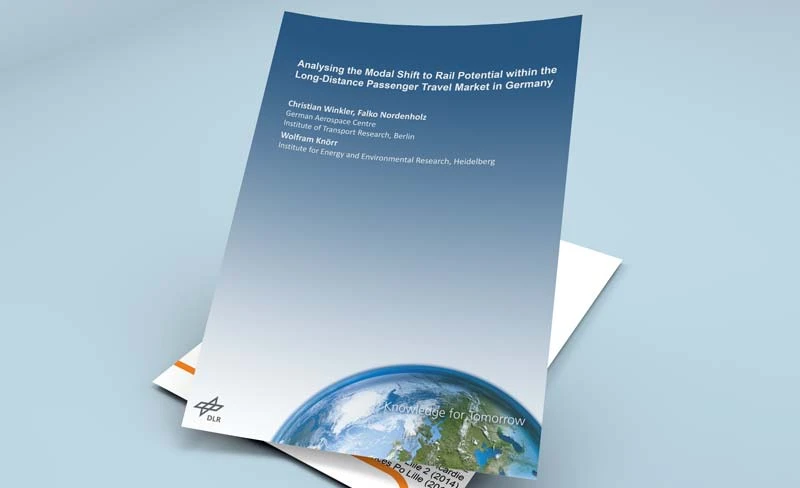
Browse, search and view papers from the past AET Conferences.
-
Members' Area
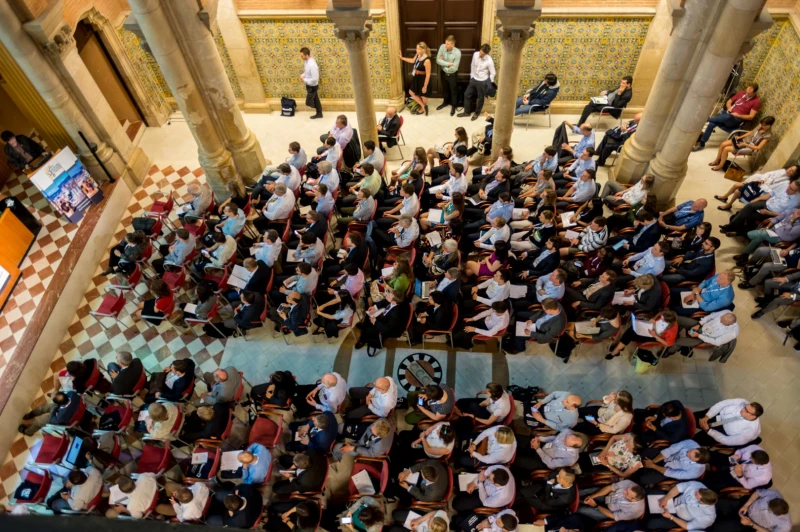
AET promotes networking and exchange of ideas, information and opportunities amongst members.
Conference Papers 2018
Dublin, Ireland
ETC Conference Papers 2018
A mobility based on automated vehicle: a feasibility study for Rome
Seminar
Day 1 (10 Oct 2018), Session 1, Autonomous Vehicles, 10:45 - 12:45
Status
Accepted, awaiting documents
Submitted by / Abstract owner
Agostino Nuzzolo
Authors
Agostino Nuzzolo University of Rome Tor Vergata
Luca Persia University of Rome La Sapienza
Short abstract
The first results are presented of a study of the University of Rome Tor Vergata to verify the technical feasibility of a car-share and transit oriented mobility policy for the centre of Rome in 2035, using a high percentage of automated vehicles.
Abstract
The first results are presented of a study carried out at Transport and Logistics Research Center of University of Rome Tor Vergata to verify the technical feasibility of a strongly car-share oriented urban mobility policy, for an area of about 30 square km in the center of Rome in 2035. At moment, the study area, with about 460.000 inhabitants and 450.000 jobs, is daily interested by about 250,000 trips using private cars and almost the same using public transport, accounting to 80%, with the residual percentage using motor-bike or foots. The current car-share percentage use is extremely low.
A first 2035 design scenario includes the population and job number forecasted by the city land-use planning and the infrastructural actions already planned by the Municipality. Infrastructures and rolling stock account for about euros 10 billion, with 40 km of new metro and regional railway lines, allowing to obtain in the central area about 50 metro stations (considering existing and new ones). Further, in the main road network personal and shared automated electrical vehicles (SAEVs) system and self-driving transit vehicles are allowed in dedicated lanes. The new Origin-Destination matrices and the new modal split is obtained through a RUM-based demand model system. Nevertheless, the results of this scenario, with personal car use percentage of about 30% and a car-share of use of about 8%, are not satisfying, because of the high level of congestion and a too high average travel time and road crashes.
Therefore, a new design scenario was built, with some land-use and travel demand management policies. A Transit Oriented Development was considered for the future location of new residences and services, mostly concentrated near the urban and extra-urban railway stations. Further some traffic limitations for private car use were introduced. The traffic limitations include, among others, no on-street parking and a road pricing for using most of the roads of the traffic limited area. In this second scenario, the car-share demand will be served by 35,000 SAEV, with a floating repositioning system. In order to improve the accessibility of the metro stations, about 1,000 autonomous local shuttle buses were introduced, mostly for circular lines of 4-5 km and a frequency, in the central area, of 5 minutes. The extra investment costs are of about euro 500 M and the further public transport operation costs of about 150M for year. Further, a dense bike network for personal and shared bikes was introduced. The road section of the main links was reconsidered, with reserved lanes for transit and car-share flows, for car-share parking, for bike users and for traditionalvehicle flows. The road pricing level for personal cars was defined in order to increase the cost of the personal car over the car-share use.
The second scenario assessment indicates that the use of private vehicles will pass to 10%, car-sharing to 20%, other public transport to 60% and the other modes (pedestrian, bike, etc.) to10%, with relevant environmental and economic benefits.
On the basis of these results, the hypothesized scenario seems technically and financially feasible, even if further investigations are necessary, such as a better definition of some operative components of the new transport system and a check of the acceptability of the new mobility model from the citizen and the will of politicians to move in to this direction.
Programme committee
Intelligent Mobility - Management and Operation
Topic
Mobility for Liveable Cities, including Urban Mobility, air quality, health and active travel
Documents:
No documents yet.
Association For
European Transport
Forester House
Doctors Lane
Henley-in-Arden
Warwickshire, UK
B95 5AW
+44 (0) 15 64 793552
VAT number: 710 1866 64
Conference Supporters & Endorsers

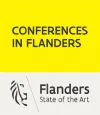


Legal Entity
The Association for European Transport is registered as an Association ('vereniging') with the Chamber of Commerce for Haaglanden in The Netherlands under company number 27170096.
Built on Zenario

